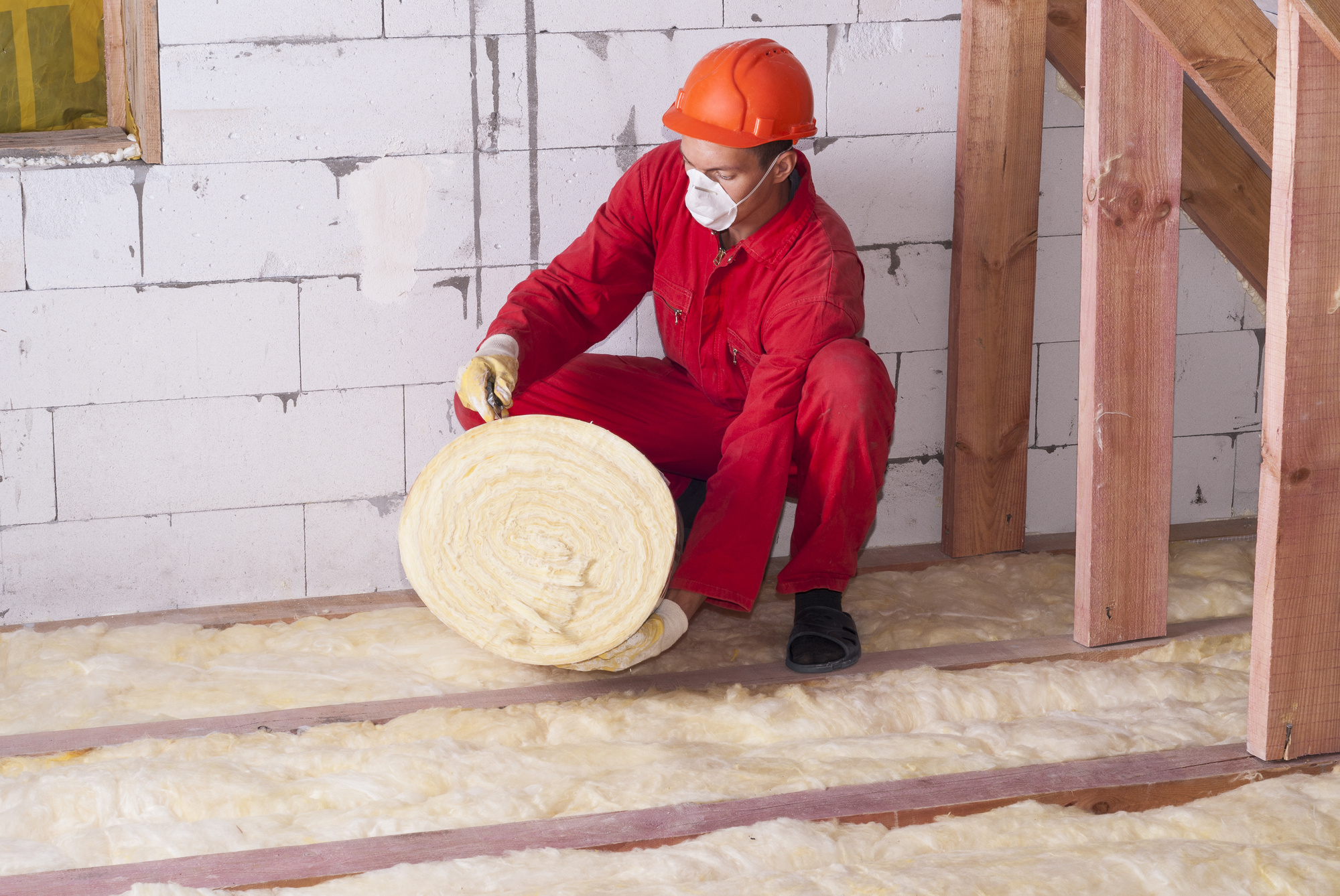Types of Attic Insulation
If you want to save on energy bills and keep your home comfortable all year round, then insulation is the way to go. And when it comes to insulating your attic, there are plenty of options available in the market.
Each type of insulation has its own unique set of benefits and drawbacks. In this blog post, we’ll take a closer look at some of the most common types of attic insulation so that you can make an informed decision for your home.
Read on and let’s get started!
Contents
Fiberglass Insulation
Fiberglass insulation consists of tiny glass fibers that are often pink or yellow and come in rolls or batts. Fiberglass is a lightweight, affordable option that has been around for decades.
One of the biggest advantages of fiberglass insulation is its versatility. It can be installed in walls, ceilings, and floors as well as attics. Additionally, it’s easy to install and doesn’t require any special equipment or training.
Cellulose Insulation
Cellulose insulation is one of the most environmentally friendly options for attic insulation. It’s made from recycled paper products, primarily newspapers. This means it’s a sustainable and cost-effective option.
The cellulose is treated with fire retardants to reduce the potential for ignition. This makes it a safe option despite its composition of flammable materials.
Spray Foam Insulation
Spray foam insulation is a type of attic insulation that is gaining popularity among homeowners. It consists of two types, open-cell and closed-cell spray foam.
Open-cell spray foam has tiny cells that are not completely closed, which allows air to fill the spaces within the material. Closed-cell spray foam has cells that are completely closed which makes it more resistant to moisture.
One major advantage of using spray foam insulation in your attic is its ability to create an air-tight seal around any gaps or crevices in the space. This helps keep out drafts and unwanted outside air from seeping into your home through your roof.
Radiant Barrier Insulation
Radiant barrier insulation is a unique type of insulation that can be installed in attics to reflect radiant heat from the sun. It consists of a reflective material, usually aluminum foil or coated plastic film, which is installed alongside other types of attic insulation.
While radiant barrier insulation does not provide any R-value on its own, it can significantly reduce the amount of heat that enters an attic through the roof during hot summer months.
Mineral Wool Insulation
Mineral wool insulation is made of natural rock or slag fibers that are spun into a fluffy material. This type of insulation is known for its high fire resistance, sound absorption, and thermal properties. It is also eco-friendly as it uses recycled materials.
One advantage of mineral wool insulation over other types is that it does not lose its insulating power over time. Unlike fiberglass, which can settle and compress under weight or gravity, mineral wool maintains its shape and density which means better performance in the long run.
No matter what type of insulation you choose, you’ll need a reliable installer for that. If you’re up for one, click here and explore your options.
Explore the Different Types of Attic Insulation
Attic insulation can help improve the energy efficiency of your home and reduce your energy costs. Different types of insulation offer varying levels of energy efficiency – choose the right one for you and your budget.
If you’re unsure, contact an insulation specialist to help guide your decision. Start saving today with an insulated attic!
Visit our blog for more articles.

